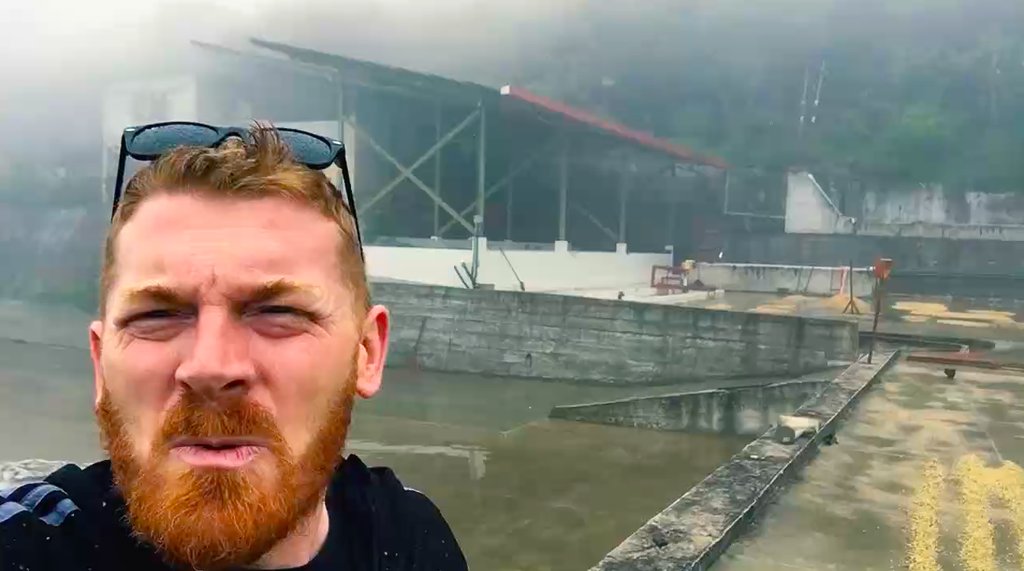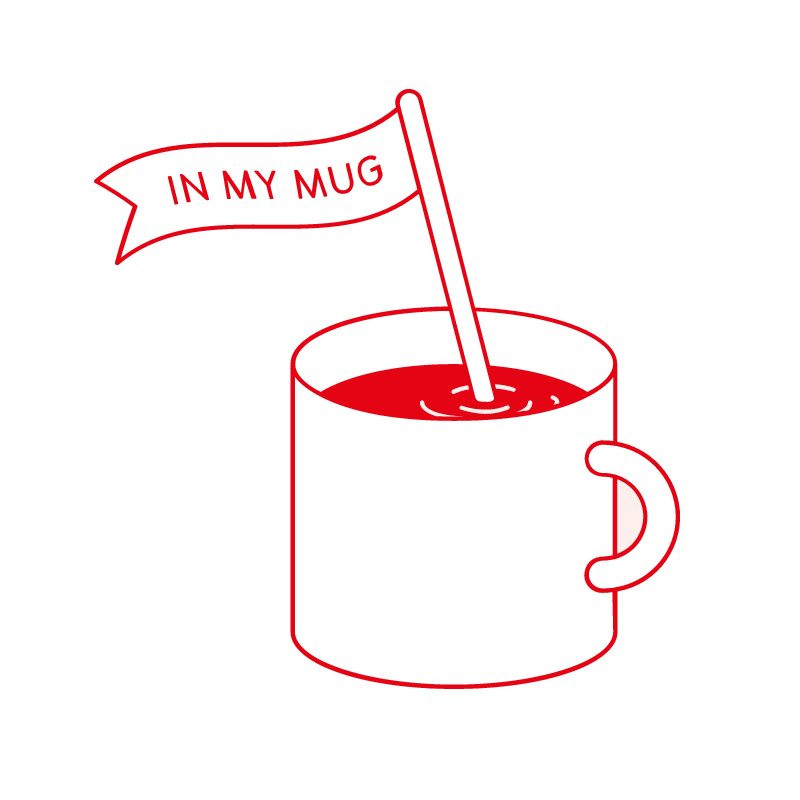Episodes

Monday Feb 29, 2016
Monday Feb 29, 2016
A few years back, on a visit to Guatemala, my good friend Raul Rodas (a name you may recognise from such World Barista Championships at 2012, when he WON!) was really keen for me to visit a farm that he'd been buying from for a couple of years. In Raul I trust, so of course I said 'yes'.
El Limon is located around an hour's drive to the east of Guatemala city, in the small town of Palencia. This farm sits at an altitude of around 1,600 meters above sea level. It's owned by Guadalupe Alberto Reyes ('Beto'), who used to be the mayor of Palencia and has helped build and develop the town.
Palencia is not part of the eight regions of coffee from Anacafe, but you can see a lot of development in that zone. San Patricio el Limon is a perfect example of that development. I like being in places that are working to be hot and up-and-coming, as well as those places that have established players.
The farm produces mainly Caturra and Bourbon, and does some experimentation with Pacamara, too. Ooooh, we like experimentation, don't we?! 'Yes Steve, we do indeed!'
The experimentation done on El Limon is inspired by Beto's motivation. He has really focused on the farm in the last couple of years. He wanted to take more care in every step that they took in the production chain, from picking to processing to shipping, and also in the agronomy of the farm. This is very much a family affair: Beto's siblings, wife, and son all work on the farm alongside him. In fact, his son is actually studying agronomy at the local college for the benefit of the farm.
The dedication and care in each step is reflected in the fact that they have built a new wet mill, so that they can separate different lots and have control over the quality of all the coffee. Previously the mill could only process one lot; now they are able to process many lots and keep separate day's pickings and varietals in their parcels.
With this wet mill came another opportunity, which was for neighbours and people within the region of Palencia to bring their coffees and process them at the mill. Again, this is another sign that this is a hotspot for Guatemalan coffee.
Beto was the perfect host when I visited the farm. He welcomed me around the farm and into his home, and he prepared the most amazing meal. When you travel as much as I do, mid-trip you find yourself longing for something big, home-cooked, and not from a restaurant or roadside pop-up cafe. This traditional Guatemalan meal was just the ticket and I am sure it saved my life.
Purely as an experiment, Raul and Beto decided they wanted to try doing something different with a coffee. They tinkered with processing methods to see what happened and to see what they could get out of the coffee. When I visited they told me about it, and OF COURSE I tasted the coffee and OF COURSE I bought the coffee!
When farms are processing a coffee, they use a depulping machine that removes the cherry and most of the mucilage. There is a setting on this machine that adjusts how close to the bean it cleans, and therefore how much of the fruit is left behind. The farms Raul works with in Guatemala have, when honey processing, typically used a middle setting (Red Honey). However, Raul wanted to try a Black Honey.
In Costa Rica, where these are most often produced, this would mean leaving all the mucilage and just taking off the fruit skin. However, when they have done Black Honey in Guatemala they have opened the depulper very wide, and some of the cherries have had the skin removed, whilst a few have been left intact. I guess this means it's kind of a hybrid Black Honey x natural process. These were then left on patios for thirteen days, which is about the same time that they use to dry their washed coffees.
You can tell that this is a farm on the up, and a farm on top of their game. When I visited, every question was dispatched with exactly the right answer and every suggestion was listened to and taken on board. In the coming years I think this will be one of the most exciting relationships we have.
In the cup you get the best of both processing worlds colliding. There's Black Forest gateau – made with plenty of cherries – loads of funky fruit, and a little booziness on the finish.
- Country: Guatemala
- Region: Palencia
- Farm: San Patricio El Limon
- Farmer: Guadalupe Alberto Reyes
- Altitude: 1,600 m.a.s.l.
- Variety: Caturra
- Processing System: Black Honey x Natural Hybrid

